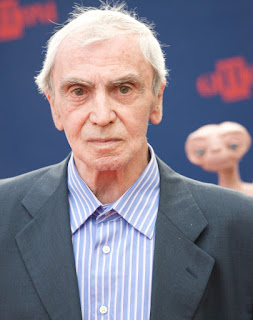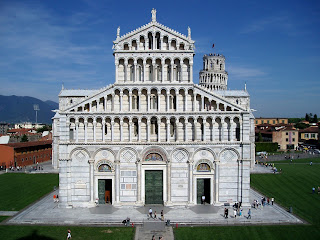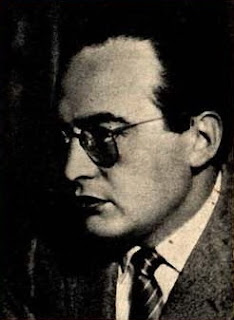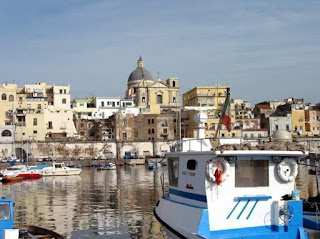Award winning scientist who advanced medical research
 |
| Salvador Luria, pictured at his desk at the Massachusetts Institute of Technology at around the time of his Nobel Prize |
The microbiologist became famous for showing that bacterial resistance to viruses is genetically inherited and he was awarded a Nobel prize in 1969.
He studied in the medical school of the University of Turin and from 1936 to 1937 Luria served in the Italian army as a medical officer. He took classes in radiology at the University of Rome and began to formulate methods of testing genetic theory.
When Mussolini’s regime banned Jews from academic research fellowships, Luria moved to Paris but was forced to move again when the Nazis invaded France in 1940. Fearing for his life, he fled the capital on a bicycle, eventually reaching Marseille, where he received an immigration visa to the United States.
In America he met other scientists with whom he collaborated on experiments. In 1943 Luria carried out an experiment with the scientist Max Delbruck that demonstrated that mutant bacteria can still bestow viral resistance without the virus being present.
 |
| Luria pictured with his American wife, Zella, at Cold Spring Harbour, on the north shore of Long Island |
Throughout his career, Luria was an outspoken political advocate. He protested against nuclear weapon testing, was an opponent of the Vietnam War and a supporter of organized labour.
Travel tip:
Turin, the birth place of Luria, is the capital city of the region of Piedmont in the north of Italy. It is an important business centre, particularly for the car industry, and has a rich history linked with the Savoy Kings of Italy. Piazza Castello, with the royal palace, royal library and Palazzo Madama, which used to house the Italian senate, is at the heart of royal Turin.
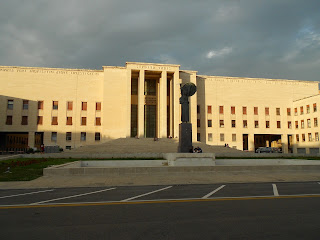 |
| The imposing main entrance to the Sapienza University of Rome, built in the neoclassical style popular in the 1930s |
The University of Rome, where Luria studied, was founded in 1303 by Pope Boniface VIII. Now known as the Sapienza University of Rome, it is one of the largest in Europe. The main campus, which was designed by Marcello Piacentini, is near Rome’s Termini railway station.
More reading:
Ernesto Teodoro Moneta - soldier who became a Nobel Peace Prize winner
Dario Fo - critic of corruption who won Nobel Prize for Literature
(Photo of Rome University by Gongora CC BY-SA 4.0)
Home






